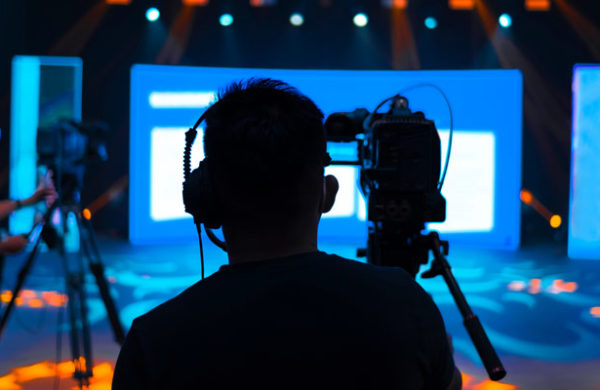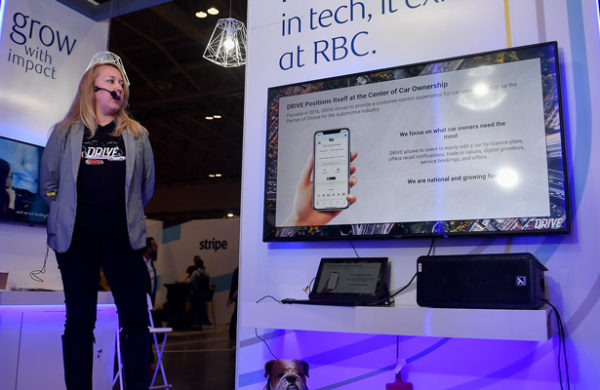
The greatest feeling ever is finishing up an engaging, lively event that goes off without a hitch. But you know what makes that feeling even better? Knowing you have a recording of your event, so that audiences who weren’t in the room can enjoy it, too.
Companies record events for all kinds of reasons ‘ from archiving to splicing up event footage for social media. Recording audio, video, or a slide presentation extends the life of your event, and can even increase your return on your investment.
Below, we’ve put together a guide to recording live events and some key tips you’ll want to keep in mind.
First Step: Decide How You’ll Use Your Recordings
Before you decide on a recording strategy, think carefully about what the recordings are going to be used for. For example, some techniques may work well for archiving, but won’t work well for creating marketing videos. If you have room in your budget, it’s never a bad idea to future proof by recording at the highest quality and with the most editing flexibility you can. Contrary to what every modern crime drama on TV will lead you to believe, you can’t go back and increase the quality of a recording after it’s recorded.
Recording Audio at Events
Today, almost all audio recordings are digital. Audio files are relatively small, so you can pretty much record as long as you want. Editing is also simpler than video, since the file sizes aren’t as unwieldy as massive video files.
There are few important points to keep in mind when you’re recording audio:
- Everything you want to hear in your recording needs to be captured by a microphone. You won’t be able to hear the audience’s questions if they don’t speak into a microphone ‘ you’ll just hear silence.
- You’ll need an audio technician to adjust the levels of the microphones if you have more than one or two. Otherwise, a small difference in volume in the room may sound like a massive difference on a recording.
Recording Video at Events
Before you start recording video, your AV provider will decide how many cameras are necessary and where they should be placed. During live events, cameras often keep a tight shot on the speaker for image magnification (also called ‘IMAG’) so people in the back of the room can see the speaker on the screens surrounding the stage. However, for a recording, it might be helpful to have another camera recording the entire stage to give a better feel for the whole event.
Next, you’ll need to decide which type of recording you want to do. Your first option is to record the feed that’s being projected on screens surrounding the stage. In other words, you’re recording multiple camera feeds and switches between the speaker, slides, and the audience. Technicians call this a ‘program record.’ This route often saves money and editing time. However, you may have less editing flexibility, since you’ll only be working with one recording of the event.
Your other option is recording isolated, individual camera feeds. Technicians call this an ‘ISO record.’ If you have the time and budget, the advantage of this approach is that you can take multiple recordings and edit them together after the event.
Here are some extra tips for recording video of live events:
- You’re going to need a technician on-hand to keep an eye on the recording at all times. You don’t want everything to be lost because nobody was monitoring the recording.
- Lighting is key. A dimly lit stage might set a vibe in a live room, but on camera your whole stage could be barely visible.
- Remind your presenters to wear clothes that aren’t too busy or the same color as the backdrop. They should also avoid scarves or large necklaces that could interfere with their microphones.
Recording Slides and Audio
One hybrid technique that’s been gaining popularity is slide and audio-only recordings. This means your technician records video of slides along with live audio from the presenter speaking. This option is perfect for many conference settings where it may be important to capture a presenter’s voice and what’s on screen, but the costs and trouble using live cameras aren’t necessary.
While more expensive than an audio-only recording, this option is not nearly as expensive as bringing in cameras, lighting, and multiple microphones. This option also doesn’t need much editing, since you’re only capturing the slides.
Are you interested in recording your next live event? Get in touch with us!
Want more helpful event AV tips? Download our free eBook, “AV 101 for Meeting Planners and Event Professionals.”



